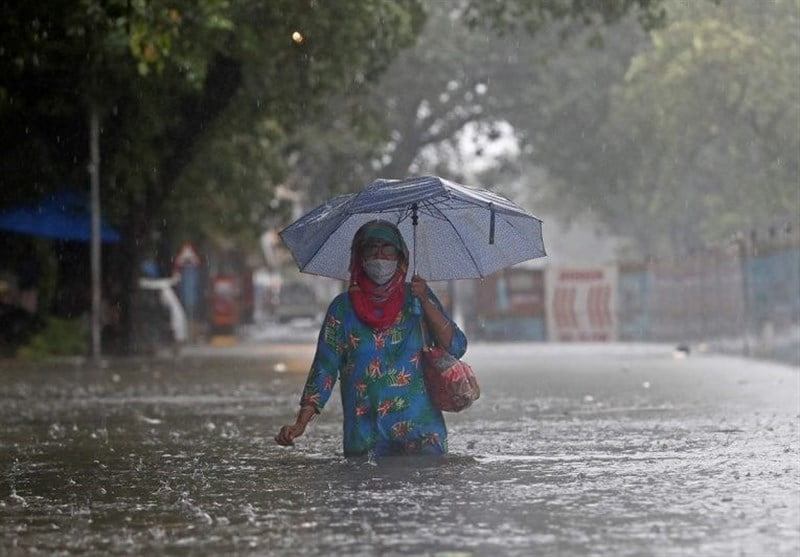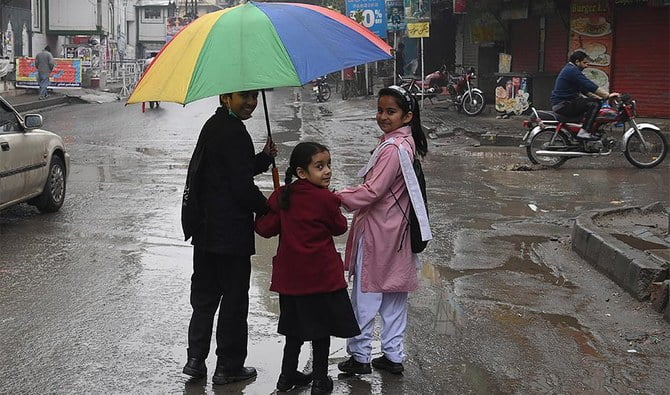Pakistan experienced its wettest April in over six decades, with rainfall more than double the usual amount, as reported by the country’s meteorological agency.
The April showers measured 59.3mm (2.3 inches), significantly surpassing the typical average of 22.5mm (0.9 inches), according to the latest climate report.
Balochistan province, located in the southwest, received the heaviest rainfall, with a staggering 437 percent increase over the norm, resulting in tragic consequences as at least 144 individuals lost their lives due to thunderstorms and building collapses.
The worst-hit region was Khyber Pakhtunkhwa in the northwest, where 84 fatalities were reported, including 38 children, and over 3,500 homes were damaged.
Despite the scorching temperatures across much of Asia, Pakistan recorded an average national temperature for April of 23.67 degrees Celsius (74.6 degrees Fahrenheit), 0.87C lower than the usual 24.54C, according to the report. Zaheer Ahmad Babar, spokesperson for the Pakistan Meteorological Department, attributed these unpredictable weather patterns to climate change. The devastation caused by the 2022 floods, which claimed 1,739 lives and caused $30 billion in damages, underscores the severity of the situation.
Flash floods wreaked havoc on crops, particularly wheat, resulting in significant economic losses for local farmers and communities, according to the United Nations humanitarian agency OCHA.
Additionally, Pakistan continues to grapple with heatwaves and severe air pollution, exacerbated by inadequate infrastructure and governance, according to experts.
Environment lawyer and activist Ahmad Rafay Alam criticized the government’s priorities, urging a greater focus on climate relief and mitigation measures amidst the escalating frequency of climate change-related incidents.

See this also

